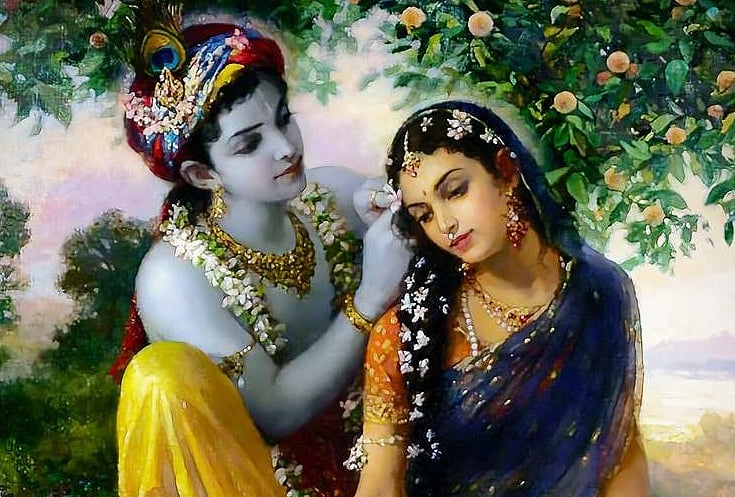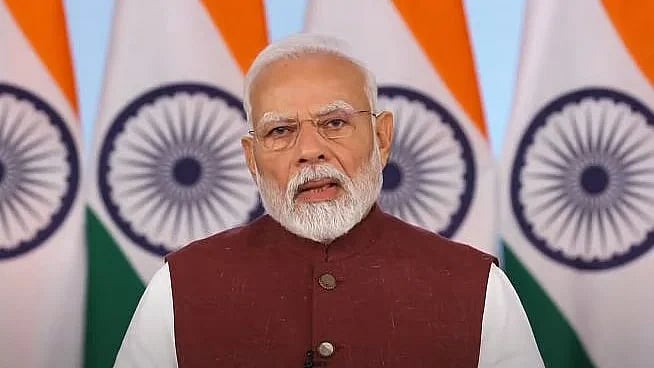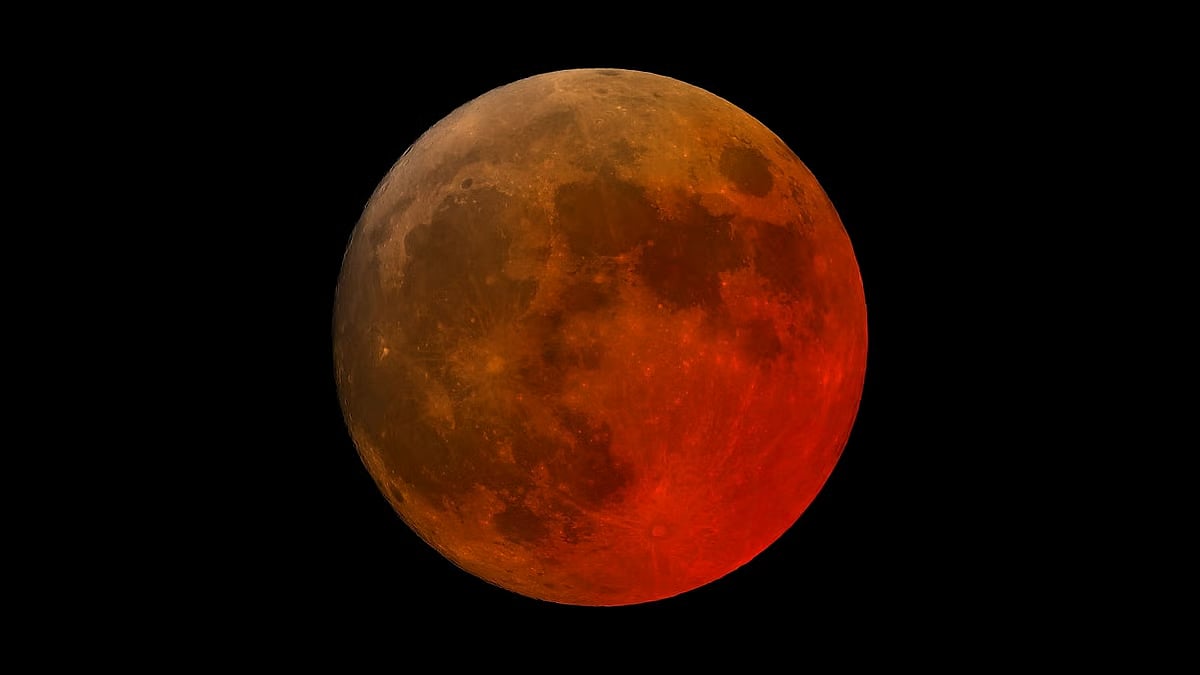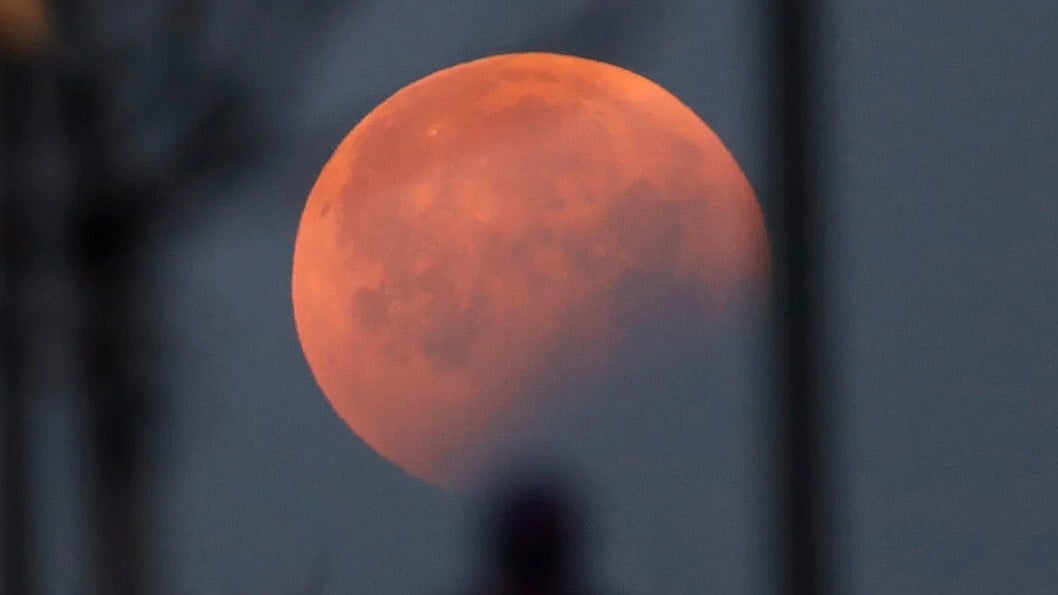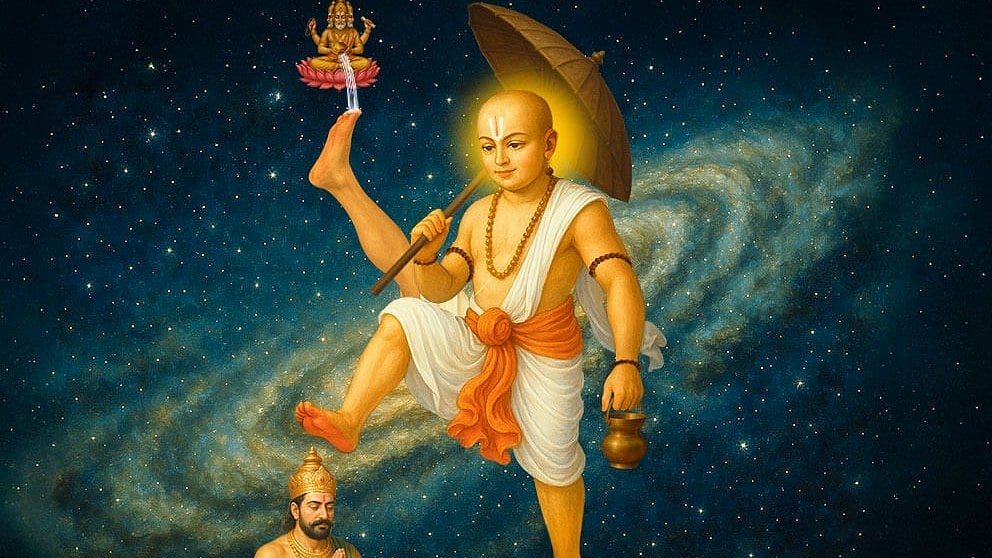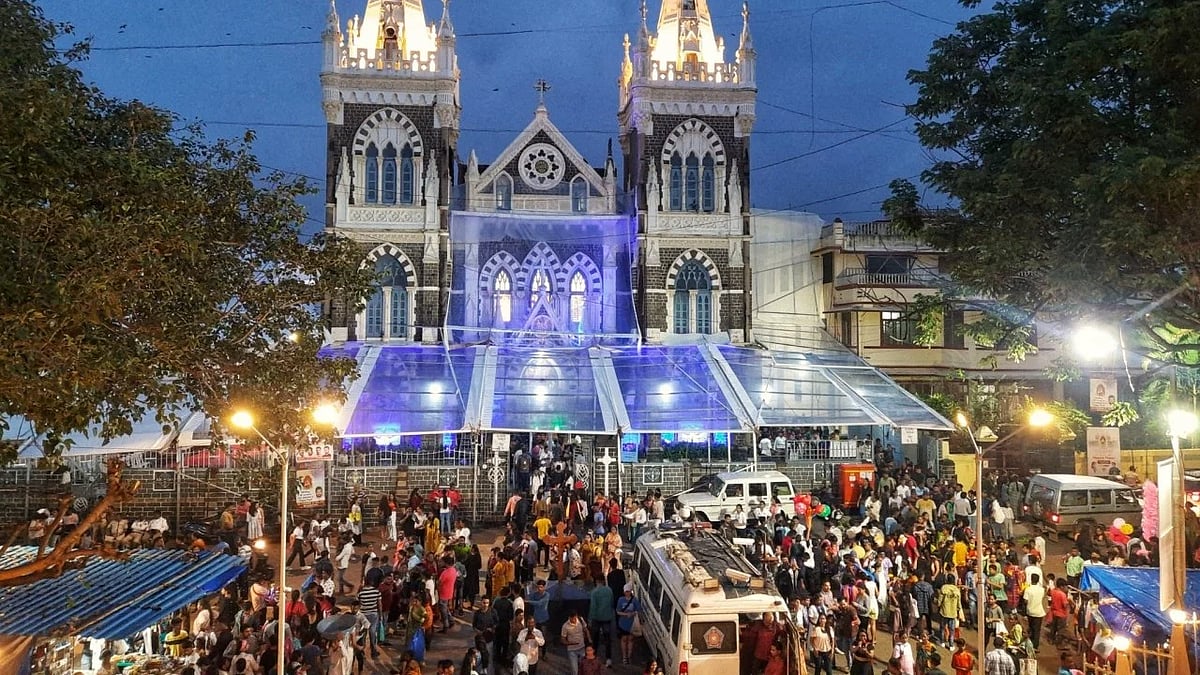Mumbai: Every year, post-Ganesh visarjan, the mood changes, and the celebrations give way to a sombre 15-day period dedicated to those that have departed. This period is called the Pitra-Paksha. Legend has it that when Karna, the brave and large-hearted hero, ascended to swarga-lok (heaven) post his death in the Mahabharata, he was offered gold and jewels as food. Upon asking why he wasn’t being offered ordinary food, Indra, the king of the heavens, reminded him that this was because he had never honoured his ancestors during his life on Earth. Karna asked for a second chance to make amends, and it is believed that he was allowed to return to the earthly realm to fulfil his obligations to his ancestors during this period.
If you’re an astrology or astronomy enthusiast, then it may be of interest for you to know that this period starts on the full moon day in the lunar month of Bhadrapada, when the sun enters the zodiac sign of Virgo. This fortnight is also generally when the autumnal equinox occurs, as the sun appears to cross over from the northern hemisphere into the southern hemisphere.
It is believed that the ancestors or pitris descend from pitralok and reside with their earthly families during this fortnight, before returning back at the end of this period, which is marked by the new moon. This year, the Pitra-Paksha commenced on Monday, September 20 and will end when the new moon occurs on October 6. On the last day, offerings can be made to all ancestors, especially in cases where one may not have the details of the lunar date of their passing.
In most cases, families are aware of the lunar day on which their near and dear ones have passed, and it is on the corresponding day during this period, prayers are offered for the peace of the departed soul. During normal times, they would invite a pandit home, who would perform the ritual, following which a hearty meal is also served, as it is believed that this meal directly reaches the departed relative.
The new moon day is also observed as Mahalaya in Bengal, and it commemorates Ma Durga’s journey from Mount Kailash, where she resides with her husband Lord Shiva and her children, to her maternal home on Earth. The Navratris, or nine nights of the goddess, start immediately after, on Thursday, October 7, and mark the beginning of the festive period, which is punctuated by Durga Puja, Dussehra and culminates in Diwali, marking the return of Lord Ram to Ayodhya.


